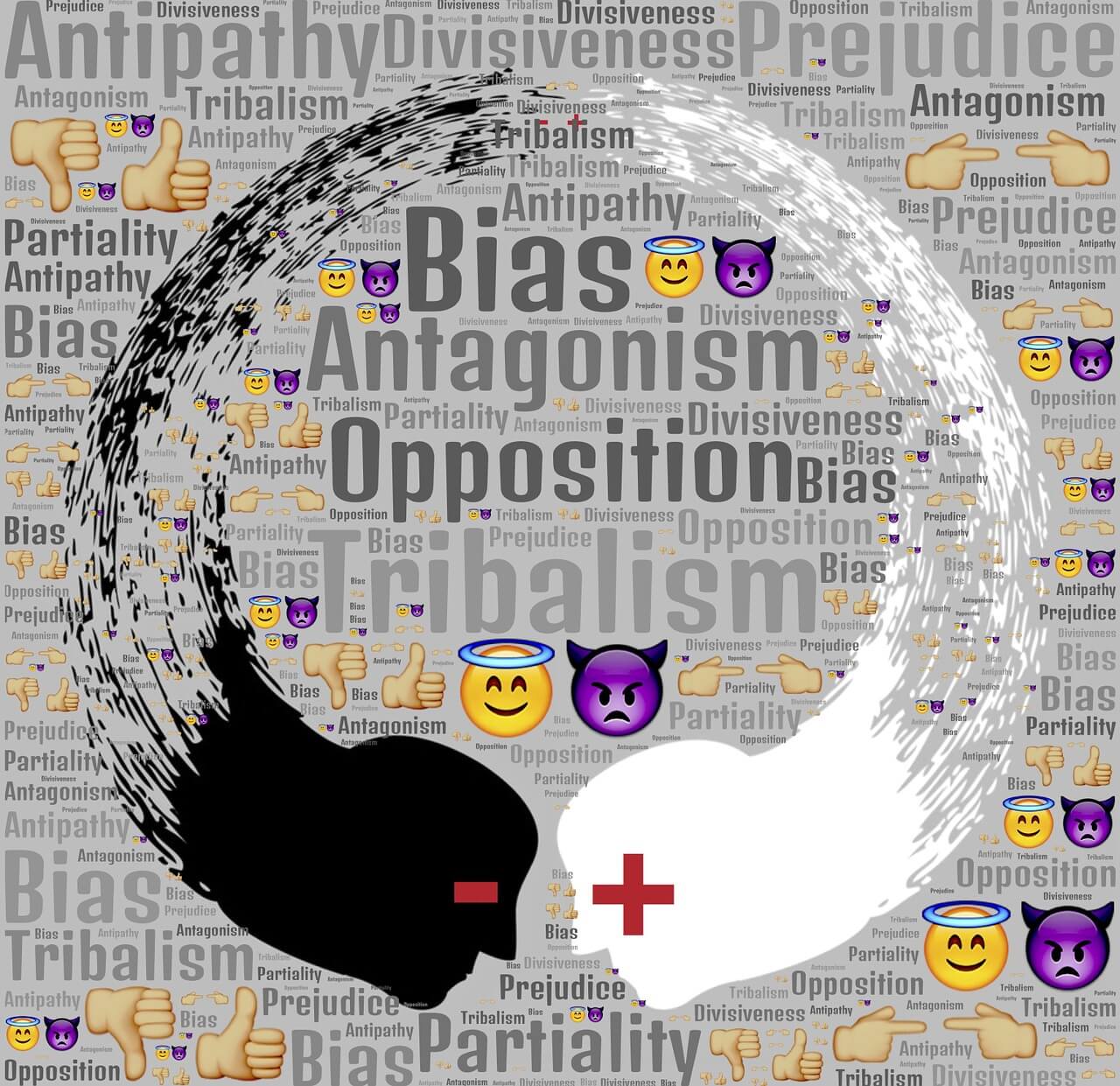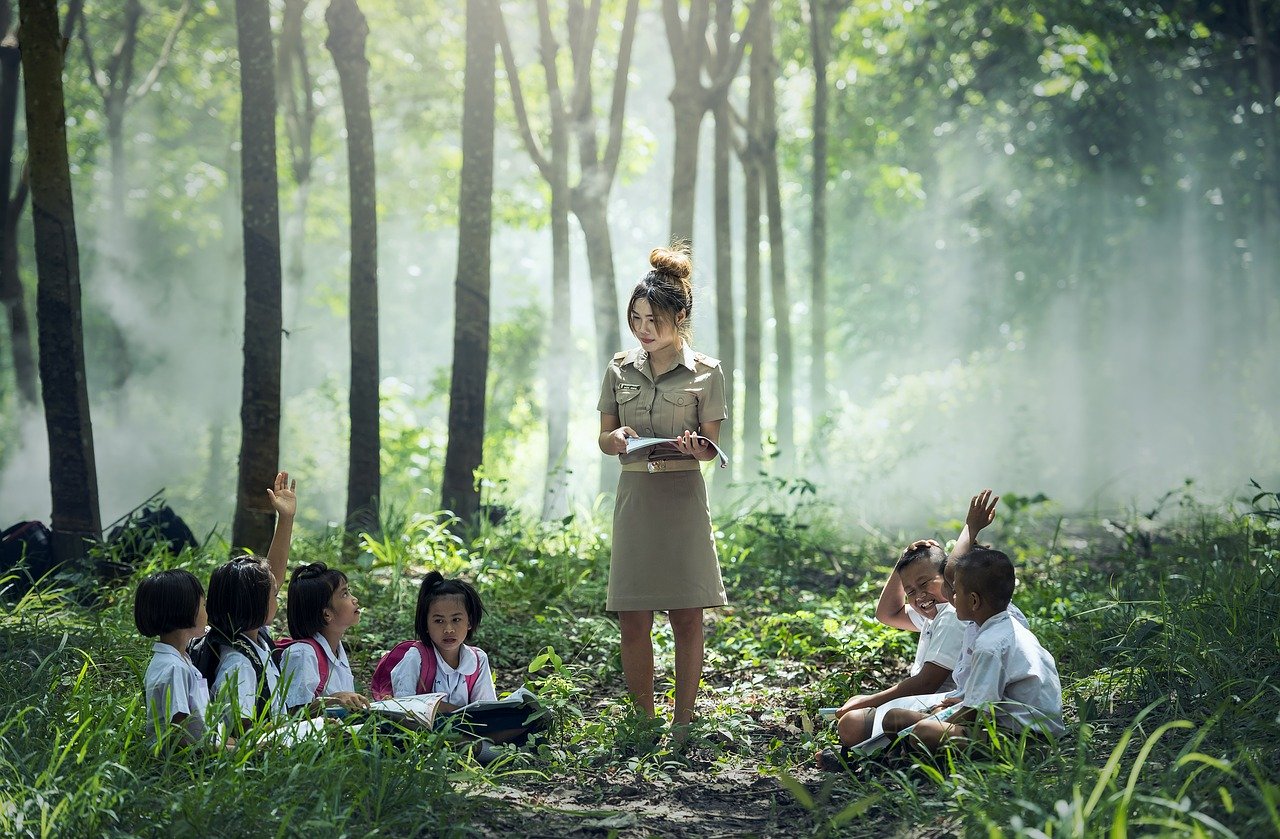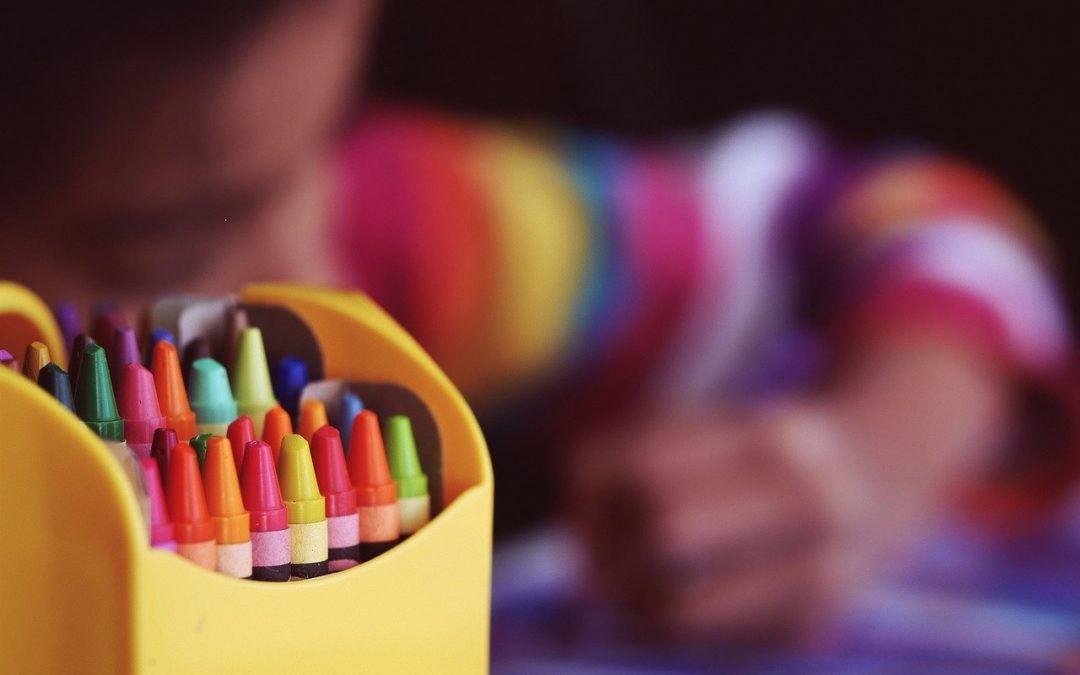“We do not belong to this material world that science constructs for us. We are not in it; we are outside. We are only spectators. The reason why we believe that we are in it, that we belong to the picture, is that our bodies are in the picture. Our bodies belong to it. Not only my own body, but those of my friends, also of my dog and cat and horse, and of all the other people and animals. And this is my only means of communicating with them.”
Is “Normal” Even Physically Possible in Reality?
There is a very interesting movement in the field of quantum physics. Its supporters, including several notable icons like German Physicist Max Planck, go all the way back to the beginning of the last century. However, only in the previous 40 years or so, has this movement begun really gaining a solid foothold. Its premise is very simple… but, at the same time, complex in the fact that it’s existence naturally sheds a very unflattering light on the scientific establishment.
This movement is called “subjectivity,” or “implicit human bias.” At this point in time, a growing number of researchers from a diverse array of disciplines and industries, including physics and neuroscience, are presenting evidence that “objectivity; or, the belief that human beings can step out of the confines of their own mind, is just not humanly possible.
In physics and thanks to modern technological advances, we are now able to demonstrate that on a quantum mechanical, or micro level, all these really super small subatomic substances are actually made up of energy, and not solid mass. Only at a certain point of energetic condensation, does a portion of this energy take on an individual 4-dimensional, material component.
Where this energy comes from and goes back to eventually is totally open to personal subjective bias, of course. But the take home message here is that on that really super small level, the energy that eventually creates physical reality does not actually adhere to the same “laws” of perceptual normalcy that physical reality appears to take on for so many people.
The Bias of the Human Body and Brain

At the same time, Neuroscience is demonstrating that natural biochemical processes make it virtually impossible to remain neutral while looking through a microscope, or at a defendant on the stand, or at a student being taught. Turns out it doesn’t matter whether we are talking about physicists, doctors, teachers, administrators, gas station attendants, politicians, or anyone else.
See, all human beings, you and us included, are biologically created with these little tiny electrochemicals populated throughout our brains and bodies that pre-eminent Neuroscientist Candace Pert called “molecules of emotion.” Simply stated, molecules of emotion are chemicals that our brain and hormone centers release every time our senses are stimulated through an interaction with what we believe is “real” outside of our heads.
As time goes on, human beings contour their everyday realities to their expectations for reality… to the point that reality itself takes on the same materially rigid “laws” that classical physicists still believe frames both the entire universe, and all of its occupants.
This perceptual framework describes how many people choose to go about their daily lives. It permeates every facet of our society and communities, as well as every living being that participates in them to whatever extent they do… and education is no exception.
Academic Research and Student Input for Alternative School
Of course, everyone has their own view of what a normal school, or “real” school, is. Framing their everyday realities around this view, a person will tend to perceive all other educational options as “alternative schools.” With this perception generally comes judgement toward something that appears foreign, strange or even threatening to our everyday biases about how our (and sometimes, everyone else’s too) reality “should” be.
The large, comprehensive school has become the norm in the United States for sure. However, this is not fundamentally for educational reasons, but based primarily upon political and economic decision-making. According to the research, it is also not the best environment in which teaching or learning can or should occur.
In fact, Research shows that teachers at large schools are demoralized—that sounds real. Whatever made 2000 kids in a compound, sitting in rows for most of the day, listening to old people talk, and ranking students according to big, annual tests, a “real” school? Would Socrates design a school like that?
The English philosopher Bertrand Russell, and the American philosopher John Dewey, were both hard to ignore when they described how conventional schools offer students the choice of becoming either submissive or rebellious. It is also hard to ignore the jarring words Scottish Schools Young Writer of the Year Award winner, 16-year old Harriet Sweatman made at the 2019 International Democratic Education Conference (“the IDEC”) in the Ukraine.
It is no secret that there is widespread dissatisfaction in education. The disagreement continually seems to be what and/or who is to blame. Many of us have become very good at blaming individuals with different views of reality than our own -parents, teachers, administrators, anyone who sees the world different than we do.
Successful Methods of Education Outside of Large Schooling

This is precisely why “alternative” schools must exist. We often wonder why the word “alternative” has such a negative connotation, anyway. Clearly, many people are looking for “alternatives” in all different parts of their lives…. from medicine to exercise to finance and even professions.
Why wouldn’t “alternative” be a natural compliment to the classical educational arena as well? After all, these new school forms are diversifying and strengthening what we typically think of as schooling. Ironically, many of these are simply alternatives to what many people find to be not just normal, but tedious about education. This includes:
- Home Schooling
- Themed Charter Schools
- Magnet Schools
- Homeschool Resource Centers
- Independent Schools
- Free Schools
- Democratic Schools
- Forest Schools
- Farm Schools
- Self-Directed Schools
- Hybrid Schools
The Real World Success of Alternative School Realities
Alternative schools are not a new phenomenon. Summerhill is a co-educational boarding school in Suffolk, England. Founded in 1921, it’s the original (and probably most famous) alternative “free” school and continues to influence progressive, democratic education around the world today. Ultimately, Summerhill is the oldest children’s democracy in the world.
The School of Self-Determination is a 600 student, democratic, inner city, public school in Moscow that has thrived for years. A new school even just opened in Ukraine called Our Crazy School that, and needless to say, takes its own unique approach to the educational process!
There are many unique styles of governance also developing that range from huge, political, rigid and controlling corporate boards, to advisory support circles descended from the campfire. This is why we should all be careful before describing something as “a real school” and others models as not so real. After all, no two people’s dreams for reality have to, or even should be the same. That is part of what makes dreams so very unique and special.
In closing, we would like to share the dreams of the Board of Directors of The St. Nicholas International School in Da Nang:
We would like to build a dream school, one associated with a friendly, fairy-tale figure such as Santa Claus, a figure all students know and love. In addition, we would like our students to learn and inherit the philosophy that St. Nicholas devoted his whole life to achieving. Students in the school will not only know how to dream, but dream amazingly – the dream of finding their true selves in the universe and in knowing what they will be in the future. In that journey, the students will be trained to learn how to overcome all their difficulties (Resilience), deeply understand people (Empathy), and appreciate what they receive (Gratitude). These are the three core characteristic values we would like to build at the school. Each student at St. Nicholas School will be trained holistically to reach their dream careers, as well as making good contributions in the community.
What are your dreams for, and successes with, “alternative” education? Please share them with us! If you would like to apply for your free membership in the Small Schools Coalition, click here to learn more.


Recent Comments